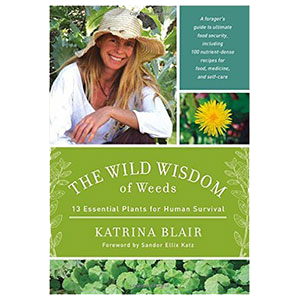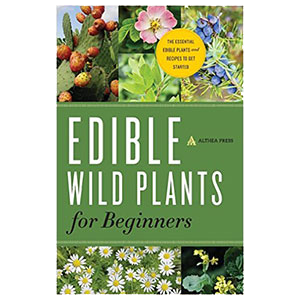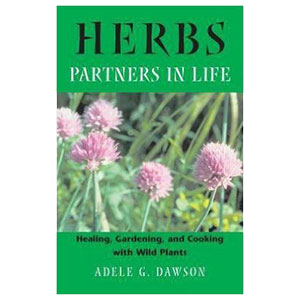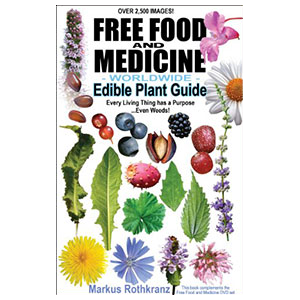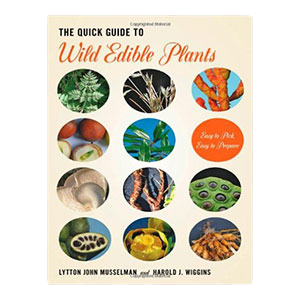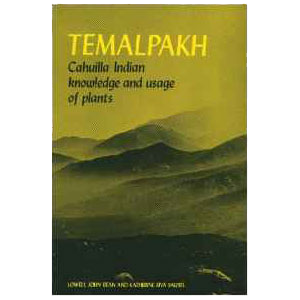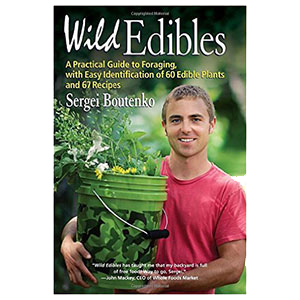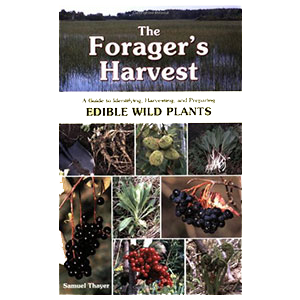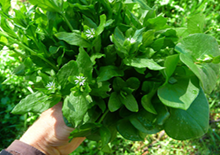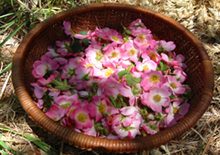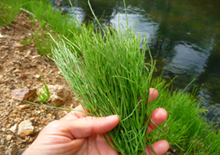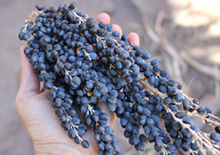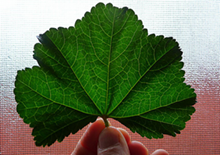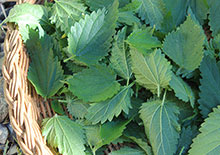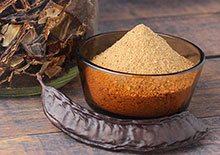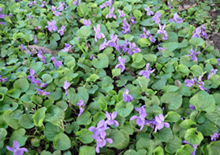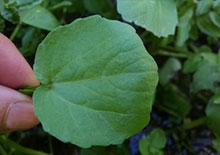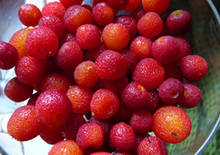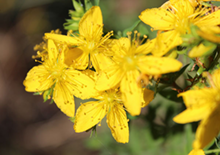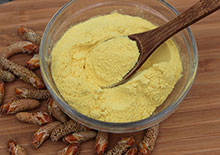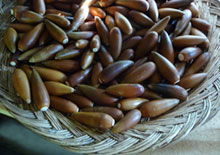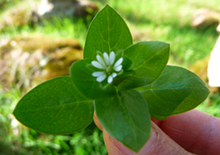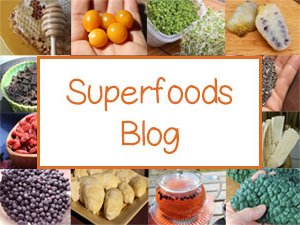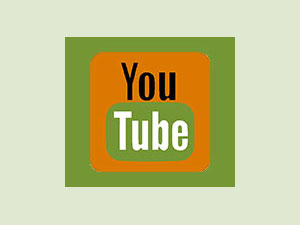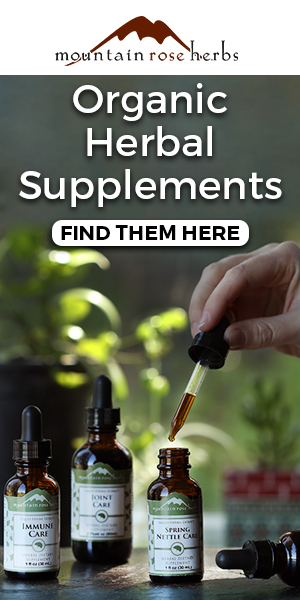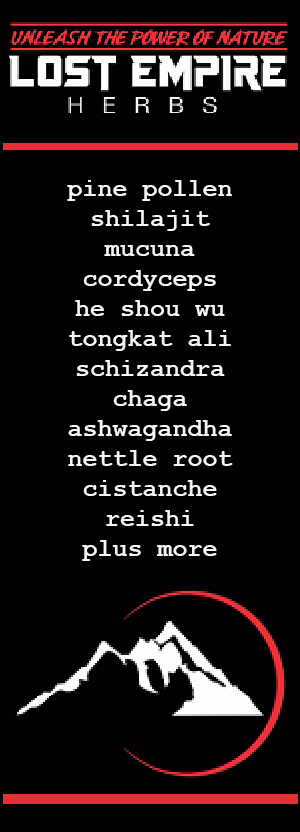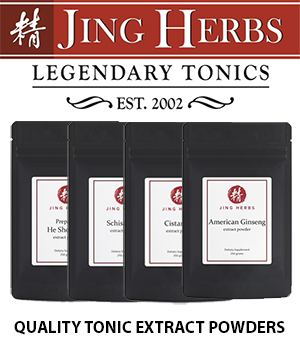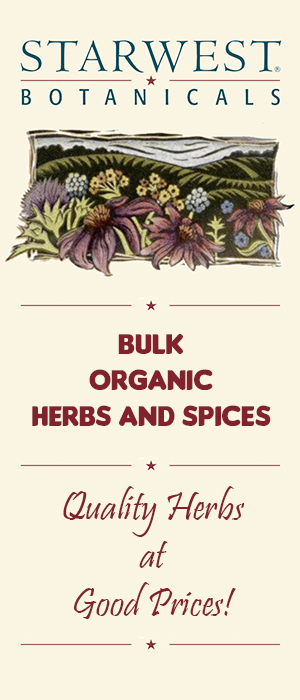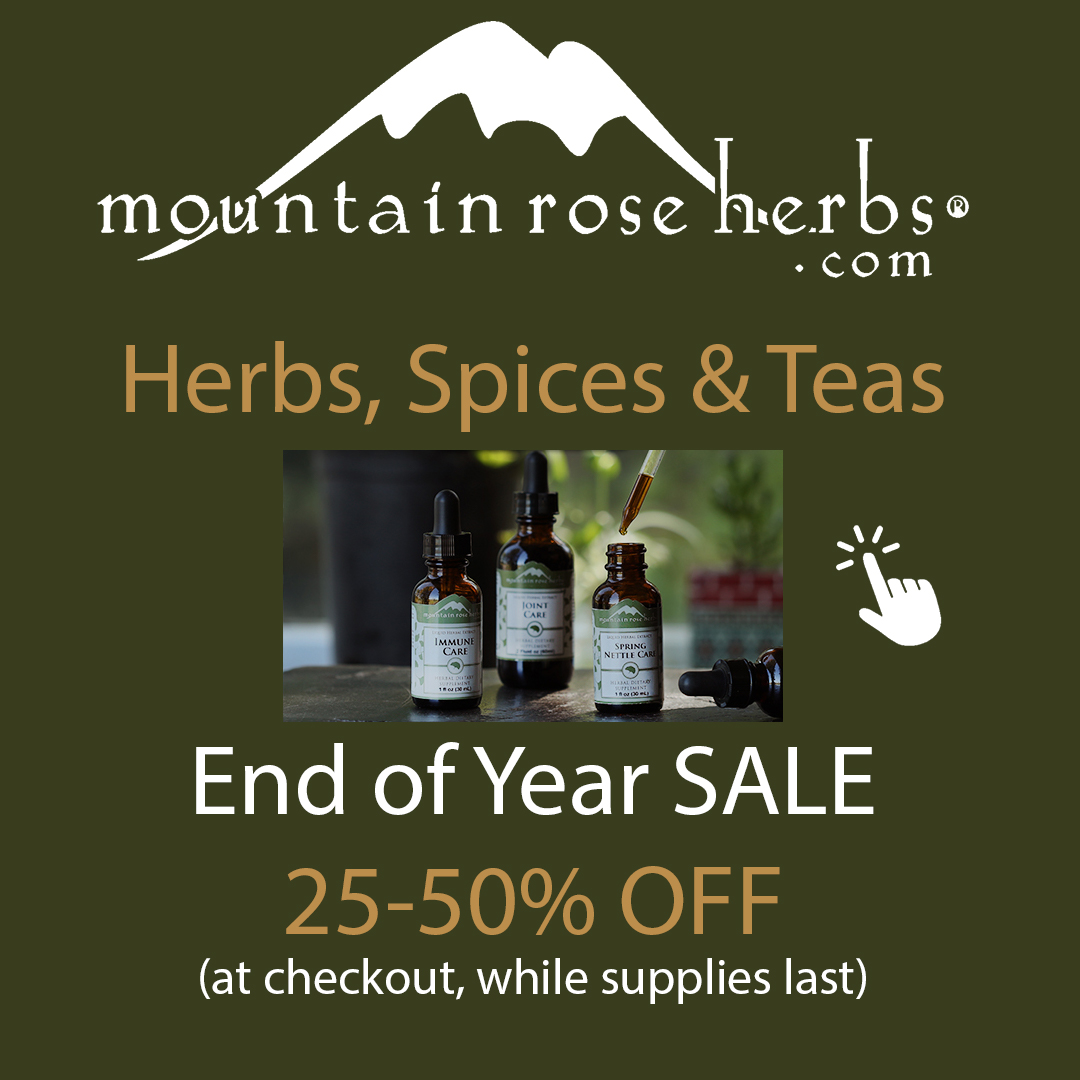- Home
- Wild Plant Foods
- Wildcrafting Wild Plants
Wildcrafting Wild Plants, Harvesting Wild Foods
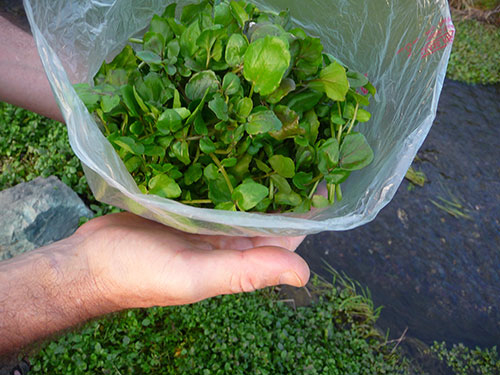
Wildcrafting wild plants has been revered in many traditions and cultures as a time of ceremony and sacred presence with the natural world.
Sometimes songs are sung in respect, giving thanks for all the abundance nature provides!
When you begin to get outside, in wild places or even your own front yard, you begin to understand why.
Wild food is bountiful if you know where to look and what you are looking at. This is not mono-crop agriculture.
It is "nature's way" and placement of food is often scattered here and there, growing within other communities of plants that support one another.
Once you really begin looking down at the ground, you may be surprised at how many wild edibles are actually growing right in front of you.
Learning how to identify and harvest definitely takes practice and a skill. You need to spend time getting to know what is what.
A wild edible plant guide is a must when you first begin the art of wildcrafting.
We love to teach others about wild food, especially wild edible greens, and how relatively easy it is to come home with a big bag of miners lettuce or a bunch of nettle leaf ready to put into the juicer and make a wild super juice.
Over time, as you gather your food, medicine and flowery friends, you will notice that when you relax and open, magical things start to happen.
This world speaks in a different language and responds very well to a gentle and present approach to harvesting its wild food offerings.

You will be guided to discover more and more wild edible plants growing everywhere, once you begin to look around, they start to appear out of the woodwork, or forests in this case.
Wildcrafting Definition
The word "wildcrafting" means harvesting wild plants in there natural habitat with as little impact as possible.
This means gathering with respect for the plant, flower or wild fruit and nuts, taking appropriate amounts to ensure there continued growth.
The Art of Wildcrafting Wild Plants
1) Make sure there is a relatively large number of what you are harvesting close by so you don't wipe out the plants growth cycle the next year. There should be at least 10 plants in the immediate area.
2) Tools:
- Edible plant guide book
- Baskets or bags for collecting plants
- Knife, or sharp scissors
3) Know which plants you are gathering. Use a guidebook to double check if you are even slightly unsure, it is good to cover your bases and take the safe road. There are poisonous plants out there as well!
4) Do not wildcraft by industrial areas or toxic roadsides where it is obviously polluted.
5) Make sure you harvest plants that look strong, healthy and vibrant. This is often visually obvious.
6) Give thanks and respect to the plant spirits for teaching and providing abundantly.
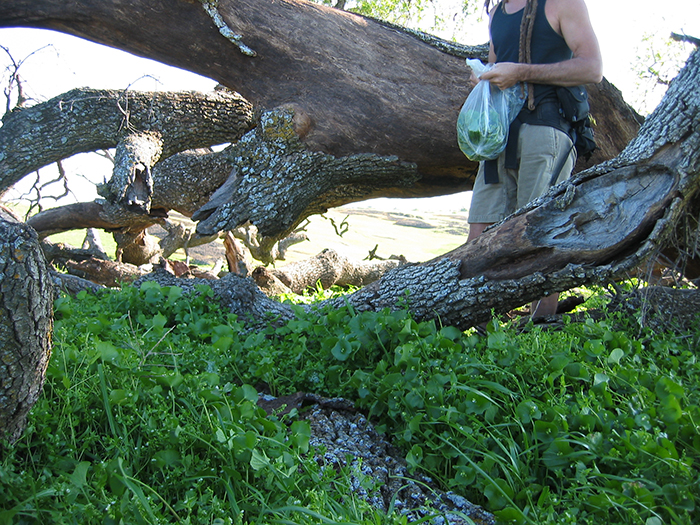
Our Wild Food Foraging Adventures
Visit the following wild food foraging in the links at the bottom of this page.
- harvesting horsetail
- harvesting mallow
- harvesting watercress
- harvesting madrone berries
- harvesting palm tree fruit
- harvesting miners lettuce
- harvesting stinging nettle
- harvesting wild violets
- harvesting wild grape leaves
- harvesting st johns wort
Precautions:
It is extremely important that you positively identify any wild edible plant before you harvest and eat it. There are many poisonous and even deadly look-a-likes, so it is good to err on the side of caution and use a plant identification guide to get to know the specific wild edibles in your local area.
Shop Related Products (About Affiliates & Amazon Associate Paid Links)
Affiliate Disclaimer: This section contains affiliate product links. If you make a purchase through our recommended links, we receive a small commission at no additional cost to you. Thanks for the support.
